Dropping down through the clouds, a lush green pastoral comes into view. The purposeful patchwork of terraced rice paddies blends into the jungled mountain sides surrounding my destination – Shillong. Shillong is the portal to Meghalaya, a region in the north east of India. The region is marked by mountains, valleys, waterfalls, and enormous amounts of rain. The airport is an hour outside of the actual city, and the journey is made by bus.
Reaching the city center I am searching for a transport to Soma, also known as Cherrapunjee. A year ago I saw a documentary highlighting the living root bridges in this region-the only of their kind in the world. Determined to see these natural man-made creations first-hand, I hire a cab.

A small Nepalese man drives as we plunge into the darkness of the mountain roads. Little did I k now this would be one of the most terrifying rides of all my travels. There are no street lights along the mountain roads of Meghalaya. Shrouded in the most dense fog I’ve ever seen, the roads fade into the darkness before us. Were the road flat, and straight, I would not be so alarmed. But these roads twist and wind and slither through the valleys and mountains. Indian cargo trucks burst through the mist like bats out of hell – their normally joyous and bright decorations of gleaming trim and painted gods or goddesses take on a sinister look. The driver, ill-equipped with no fog-lights, attempts to follow the trucks down down down into the valley. Trying to catch up with them when they barrel past us. I have to tell him to slow down – if the truck is careless and drives off the mountain into the likely nothingness below, we will surely follow. We’ve got to slow down. The driver keeps looking back at me, saying he has never driven in conditions like this.
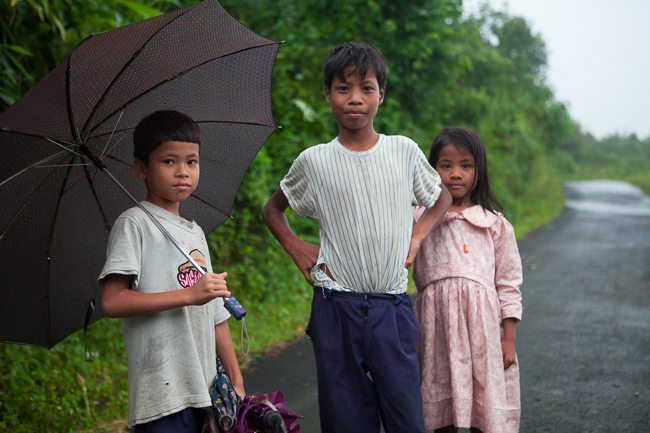 But what are our options? If we pull over and wait we are likely to be hit by one of these insane trucks as it screams down the mountain, or perhaps become victims to a violent highwayman. I’m in the back seat, stuffing my face with cookies, crackers, and other packaged goods that I found at a roadside stand. I soon realize the driver is losing hope, and press myself up between the seats, giving words of encouragement sprinkled with caution. “We will make it – no problem – but we need to slow down,” and “No, I don’t think it would be a good idea for me to take the wheel.” Two and a half hours into the drive the mist turns into rain. Not a light pitter-patter, but a torrential downpour that tests the limits of our windshield wipers. The road narrows – one lane. The jungle seems to press in on us from the sides, the headlights sweeping across the muddy turns and briefly illuminating the dripping green leaves. Through the sheets of rain I see a glimpse of hope for my damp future – a yellow sign shoots past my window – “Cherrapunjee Holiday Resort – 10 km.” I’ve read about this hotel in my research of the area. I know it will be more expensive than I’m used to, but it also represents a degree of certainty – I know it is a reputable business and their doors will likely be open. We press on, through the rain, along the twisting roads, passing sign after sign – 7 km…5 km…2 km…1 km to Cherra Holiday Resort…and then a large iron gate.
But what are our options? If we pull over and wait we are likely to be hit by one of these insane trucks as it screams down the mountain, or perhaps become victims to a violent highwayman. I’m in the back seat, stuffing my face with cookies, crackers, and other packaged goods that I found at a roadside stand. I soon realize the driver is losing hope, and press myself up between the seats, giving words of encouragement sprinkled with caution. “We will make it – no problem – but we need to slow down,” and “No, I don’t think it would be a good idea for me to take the wheel.” Two and a half hours into the drive the mist turns into rain. Not a light pitter-patter, but a torrential downpour that tests the limits of our windshield wipers. The road narrows – one lane. The jungle seems to press in on us from the sides, the headlights sweeping across the muddy turns and briefly illuminating the dripping green leaves. Through the sheets of rain I see a glimpse of hope for my damp future – a yellow sign shoots past my window – “Cherrapunjee Holiday Resort – 10 km.” I’ve read about this hotel in my research of the area. I know it will be more expensive than I’m used to, but it also represents a degree of certainty – I know it is a reputable business and their doors will likely be open. We press on, through the rain, along the twisting roads, passing sign after sign – 7 km…5 km…2 km…1 km to Cherra Holiday Resort…and then a large iron gate.
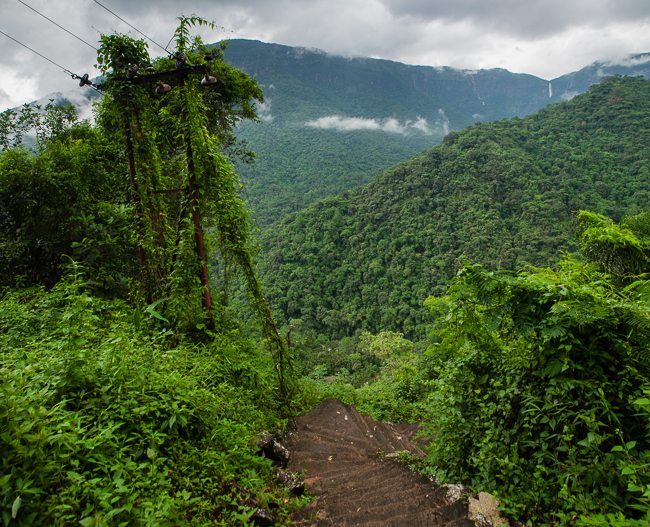
Mr. David comes beneath an umbrella to see his unexpected visitors and to open the gate. I grab my pack, pay my driver, and step into the light of the Cherrapunjee Holiday Resort common room.
Cherrapunjee is the rainiest place in the world – literally. The village averages 500 inches of rainfall each year. For comparison – the global average is 39 inches, and the United States average is 28 inches. The village stretches along the edge of a plateau, layers of buildings extending down into the Indian valleys, while to the south the plateau drops away to reveal the flooded plains of Bangladesh. The mountains and valleys of the area are lush – a grandiose scene, reminiscent of the tropics and Jurassic Park, replete with plunging waterfalls – too many to count. The landscape is constantly in a dynamic state as the unpredictable weather patterns change from sunny to 5 feet visibility in dense fog within minutes. Clouds sit on Cherrapunjee as if it were their home.
I spent almost tow full days in one of these clouds before the region revealed its beauty to me. The air is so damp from the constant rain, and cold form the mountain altitudes, that water droplets at times collect on my skin – the damp bed sheets cling to my body as I lay on my back listening to the downpour strike the roof. Two day sin the rain cloud – broken by only one 2 hour excursion – provides me with time to reflect on my travels and think about how badly I really want to explore this unique region.
This area is different from the rest of India – up in the northeast, life is more wild, more tribal. The society is matriarchal, which is the polar opposite of the rest of India. The cuisine is different, the music is different, and the people look different too. This time, instead of writing about it, I can show you with a video. Enjoy!

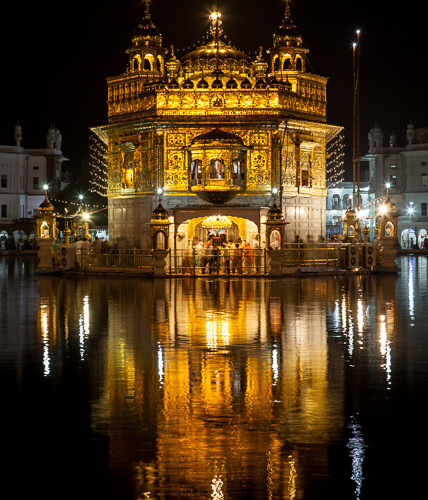
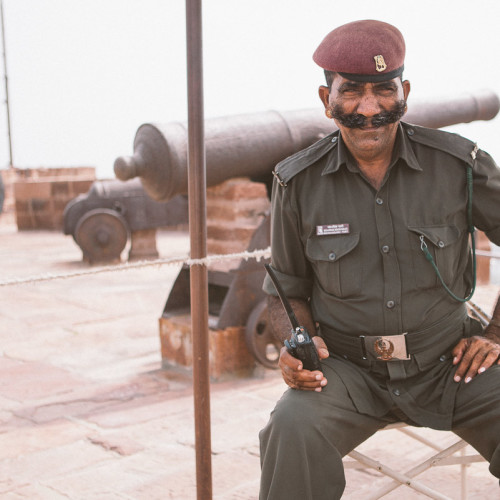
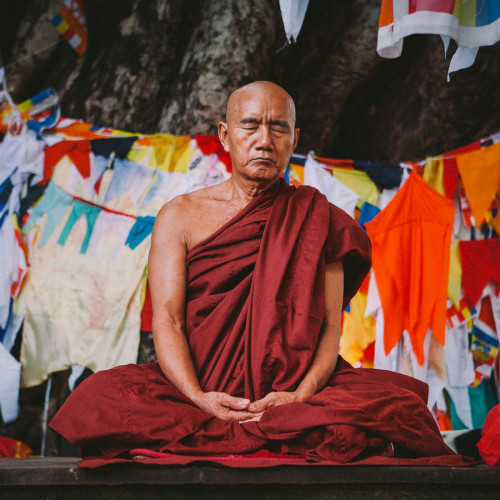
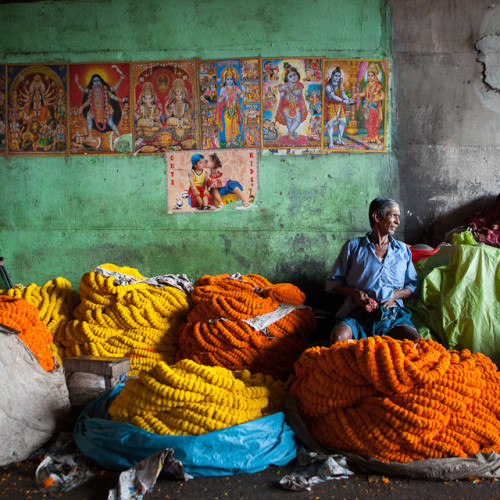
Leave a reply